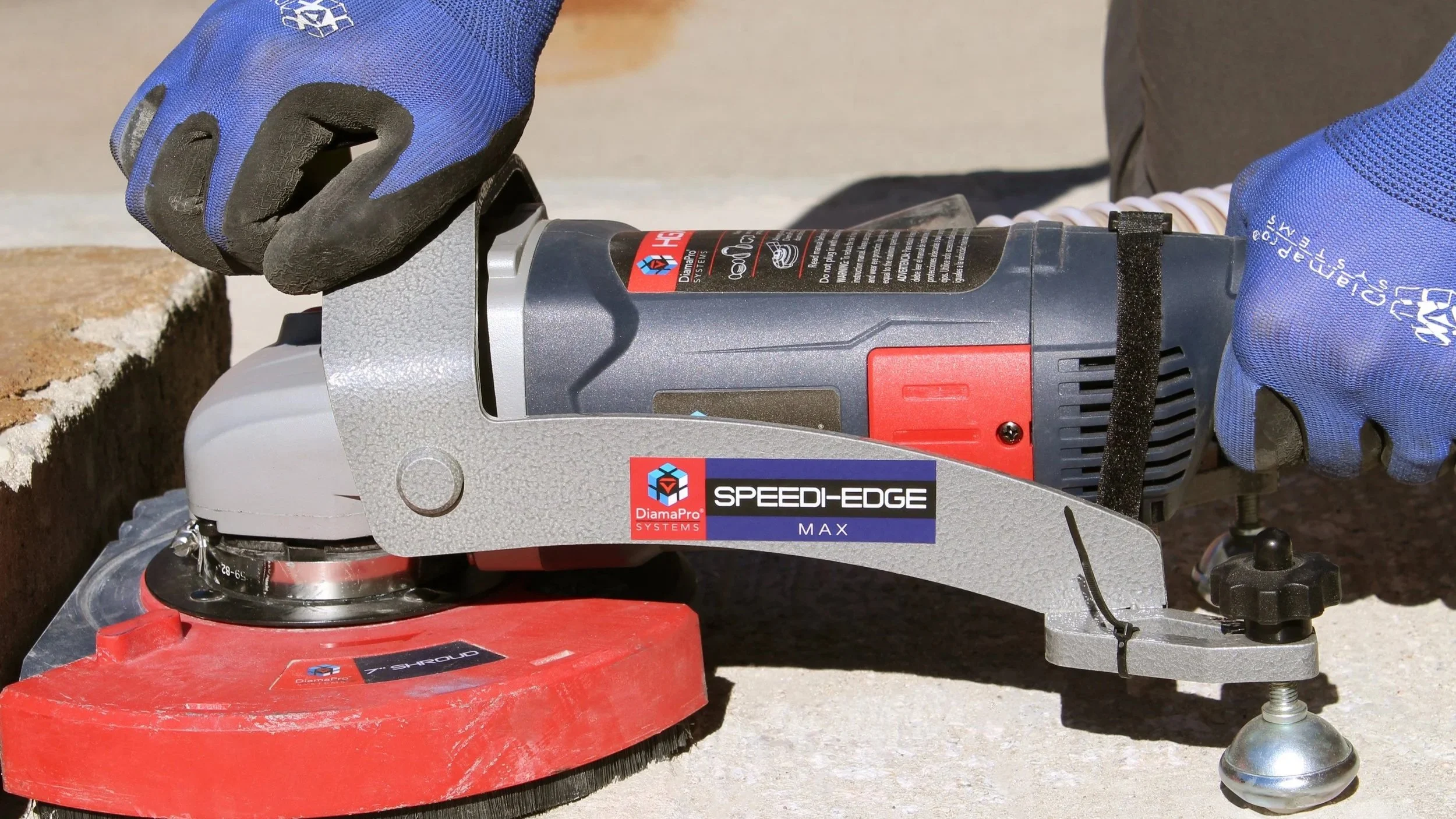The Ultimate Guide to Construction Grinders: Types, Uses, Safety & Buying Tips
Okay, the goal is clear: to create a blog post that aims for the #1 spot for "construction grinder" by being incredibly comprehensive, user-focused, and well-optimized.
This blog post is designed to:
Be the ultimate resource: Covering all aspects of construction grinders.
Target diverse search intents: From "what is" to "how to" to "best for."
Integrate keywords naturally: Without keyword stuffing.
Promote engagement: Through clear structure, visuals, and actionable advice.
Establish authority: Positioning the content as the definitive guide.
Here's the blog post, structured and written for top-tier SEO performance:
The Ultimate Guide to Construction Grinders: Types, Uses, Safety & Buying Tips
When it comes to heavy-duty construction, renovation, or fabrication, few tools are as versatile and indispensable as the construction grinder. From cutting through rebar like butter to smoothing rough concrete, preparing surfaces, and polishing metals, these powerful machines are the workhorses that make tough jobs manageable.
But with an array of types, sizes, and applications, choosing and using the right grinder can be daunting. This ultimate guide will break down everything you need to know about construction grinders, helping you master this essential tool for efficiency, precision, and safety on any job site.
What Exactly is a Construction Grinder?
At its core, a construction grinder (often referred to as an angle grinder, surface grinder, or concrete grinder, depending on its specific application) is a handheld or walk-behind power tool used for grinding, cutting, polishing, sanding, and sharpening various construction materials. It operates by rotating an abrasive disc or wheel at high speeds.
This tool is a staple for:
Metalwork: Cutting, deburring, rust removal, polishing.
Masonry & Concrete: Cutting pavers, bricks, concrete slabs, tuckpointing, surface preparation.
Tile & Stone: Precision cutting and shaping.
Woodwork (with specific attachments): Shaping and sanding.
Key Types of Construction Grinders and Their Uses
Understanding the different categories is crucial for selecting the right tool for the job.
1. Angle Grinders (The Most Common "Construction Grinder")
An angle grinder is the most widely recognized "construction grinder." Its motor is set at a right angle to the abrasive disc, allowing for versatile use in tight spaces.
Sizes: Typically range from 2-inch mini angle grinders up to 9-inch models. Common sizes include 4.5-inch and 5-inch.
Power Sources: Electric (corded or cordless, e.g., Dewalt grinder 20v XR), pneumatic.
Applications:
Cutting: Metal (rebar, pipe), tile, stone, concrete.
Grinding: Smoothing welds, deburring metal, removing rust, concrete surface prep.
Brushing: Surface cleaning with wire brushes.
Polishing: Finishing surfaces with polishing pads.
2. Concrete Grinders / Floor Grinders
These are specialized machines designed for heavy-duty floor preparation and finishing. They are essential for concrete contractors.
Types: Handheld (for edges/small areas) or walk-behind (for large floors).
Applications:
Surface Preparation: Removing old coatings, glues, epoxies.
Leveling: Grinding down high spots in concrete.
Polishing: Achieving a smooth, reflective concrete finish.
Cleaning: Deep cleaning and rejuvenation of concrete surfaces.
3. Die Grinders
Smaller and more precise, die grinders are used for intricate work.
Types: Straight (pencil) or right-angle.
Applications: Fine grinding, deburring, porting, and shaping in metal fabrication. Often used with carbide burrs.
4. Bench Grinders
Stationary tools mounted on a workbench, primarily for sharpening and shaping tools.
Applications: Sharpening drill bits, chisels, lawnmower blades, and general material removal.
Essential Grinder Attachments and Discs
The true versatility of a construction grinder lies in its interchangeable attachments.
Grinding Discs: Thick, abrasive discs for material removal, weld smoothing, and shaping.
Cut-Off Wheels: Thin, reinforced abrasive discs for fast and precise cutting of metal, concrete, and tile.
Diamond Blades: Extremely durable blades with diamond segments for cutting masonry, concrete, stone, and tile.
Wire Wheels/Brushes: For rust removal, paint stripping, and surface cleaning.
Flap Discs: Overlapping abrasive "flaps" for sanding, blending, and finishing surfaces.
Polishing Pads: Used with polishing compounds for a smooth, high-sheen finish.
Cup Grinding Wheels: Diamond or abrasive cups for aggressive material removal on concrete and masonry, often with dust shrouds.
Safety First: Operating a Construction Grinder
Construction grinders are powerful tools that demand respect. Following strict safety protocols is non-negotiable.
Personal Protective Equipment (PPE): Always wear safety glasses or a full face shield, hearing protection, heavy-duty gloves, and a dust mask/respirator.
Inspect the Tool & Disc: Before each use, check the grinder for damage, ensure the guard is properly installed, and inspect the disc for cracks or wear. Never use a damaged disc.
Proper Grip: Always use both hands to firmly hold the grinder, especially during startup.
Workpiece Securement: Ensure your workpiece is clamped or secured to prevent movement and kickback.
Direction of Sparks: Be aware of where sparks and debris are going. Work in a clear area, away from flammable materials.
Avoid Kickback: This is when the disc binds in the workpiece, causing the grinder to violently jerk. Use proper technique, avoid pinching the disc, and let the tool do the work.
Ventilation & Dust Control: Grinding generates significant dust. Work in well-ventilated areas and consider grinders with dust collection shrouds or vacuum attachments, especially for concrete.
Power Disconnection: Always unplug corded grinders (or remove batteries from cordless models) before changing discs or making adjustments.
Buying Guide: Choosing the Best Construction Grinder
With many options available, here's what to consider when purchasing a construction grinder for your needs:
Disc Diameter (Size):
4.5-inch / 5-inch: Most common for general-purpose work, good balance of power and maneuverability (e.g., Dewalt 4.5 angle grinder 20v).
7-inch / 9-inch: For larger, more aggressive cutting and grinding, typically for heavy industrial or concrete work.
Power Source:
Corded: Consistent power, no battery limitations, often more powerful.
Cordless (Battery-Powered): Ultimate portability and convenience, great for job sites without easy power access (e.g., Milwaukee 20v cordless grinder).
Pneumatic (Air-Powered): Lighter, cooler running, preferred in some industrial settings where electricity is a hazard or continuous use is needed.
Motor Power (Amps or HP): Higher amperage (for electric) or horsepower (for pneumatic) means more power for tougher jobs. For heavy construction, look for 11 Amps or higher.
RPM (Revolutions Per Minute): Higher RPMs offer faster material removal, but variable speed models provide greater control for different tasks and materials.
Features:
Paddle Switch vs. Slide Switch: Paddle switches often offer better safety (tool stops when released), while slide switches are better for continuous operation.
Tool-Free Guard Adjustment: For quick and easy safety adjustments.
Anti-Vibration Handle: Reduces fatigue during prolonged use.
Soft Start & Kickback Protection: Enhance safety and control.
Dust Collection: Essential for concrete grinding.
Brand Reputation: Trusted brands like DEWALT, Makita, Milwaukee, Metabo, and Bosch offer reliable and durable tools. Consider what's available at your Home Depot angle grinder section or other local hardware stores.
Frequently Asked Questions about Construction Grinders
Q: What is the difference between a grinder and a cut-off tool? A: While often used interchangeably, a "grinder" is generally for material removal and surface prep, while a "cut-off tool" is specifically designed for cutting. Many angle grinders can do both with the right disc.
Q: Can I use a regular drill as a grinder? A: No, you should never try to turn a drill into a grinder. Drills operate at much lower RPMs and lack the necessary safety features and power for grinding applications, leading to severe safety risks.
Q: Are 9-inch grinders banned? A: No, 9-inch grinders are not universally banned. However, due to their power and the increased risk of kickback, some job sites or companies may have specific safety protocols or restrictions on their use. Always check local regulations and company policies.
Q: How often should I replace grinder discs? A: Discs should be replaced when they are worn down to their safe limit, show signs of damage (cracks, chips), or if they become glazed (lose their abrasive quality). Never force a dull disc.
Conclusion: Powering Through Construction Challenges
The construction grinder is an indispensable tool that, when used correctly and safely, empowers workers to tackle a vast range of demanding tasks with efficiency and precision. Whether you're a seasoned professional cutting steel beams or a DIY enthusiast grinding concrete, understanding the types, applications, and safety measures is key to maximizing its potential.
By choosing the right grinder for your specific needs—be it a versatile 2 inch angle grinder for detailed work or a heavy-duty Metabo grinder 6 inch for industrial applications—you'll ensure your projects are completed safely, effectively, and to the highest standards.
Ready to find the perfect construction grinder for your next project? Explore top brands and models at your local hardware store or online retailers today!

